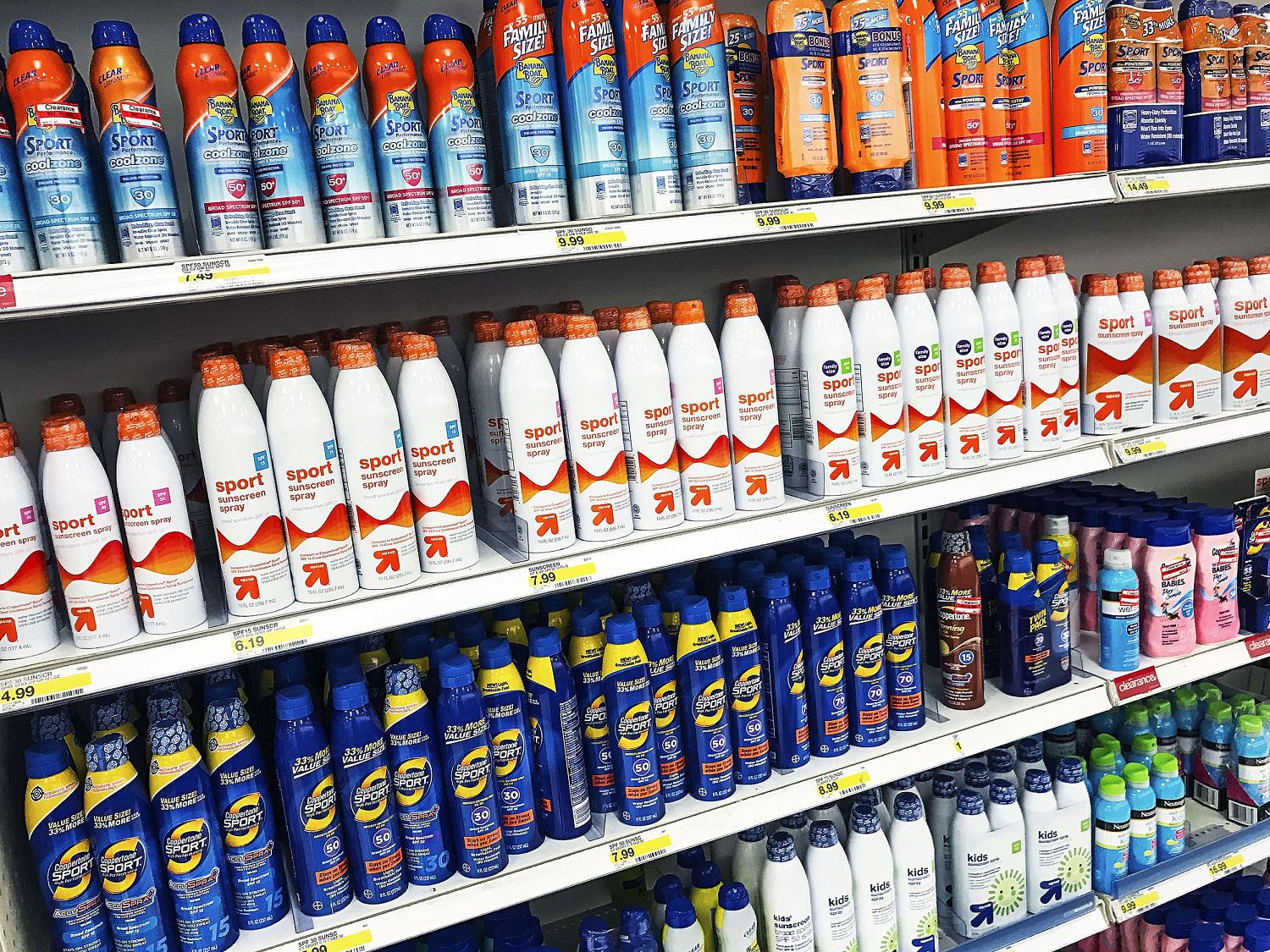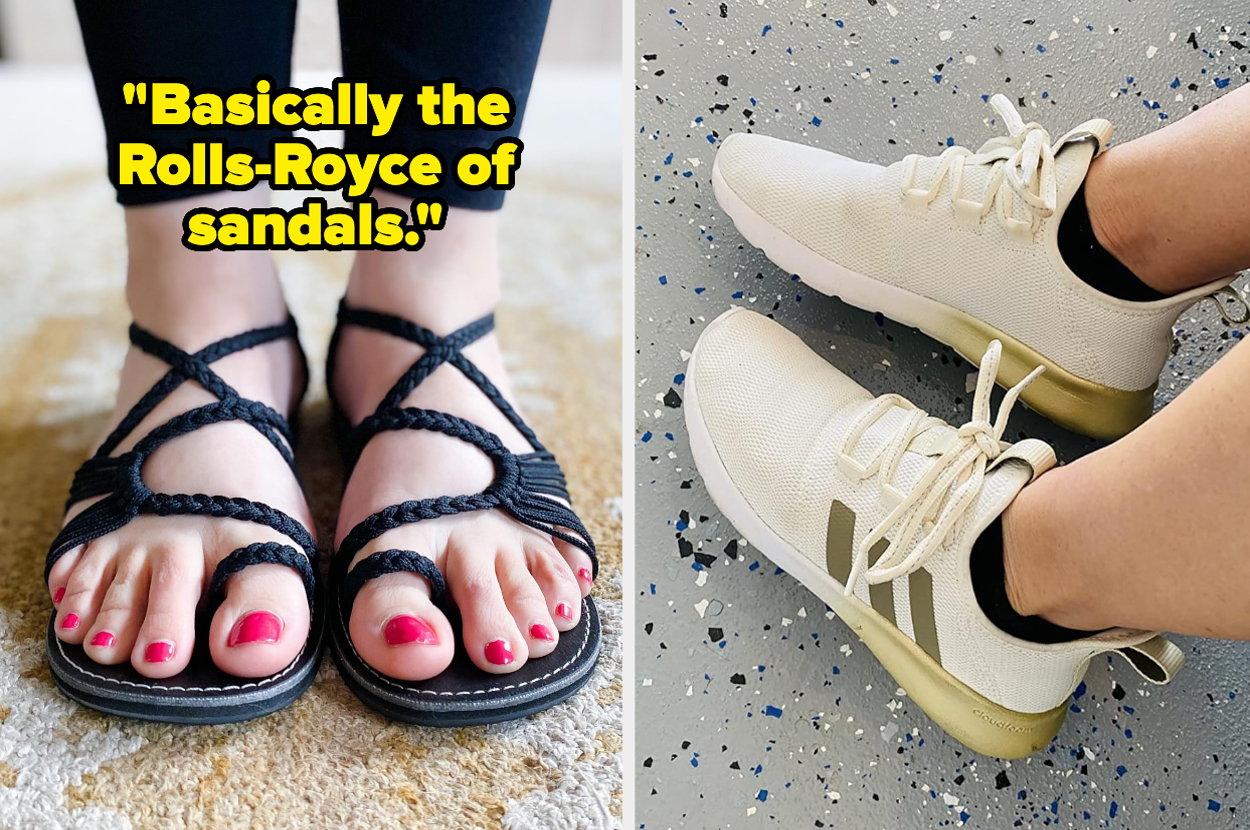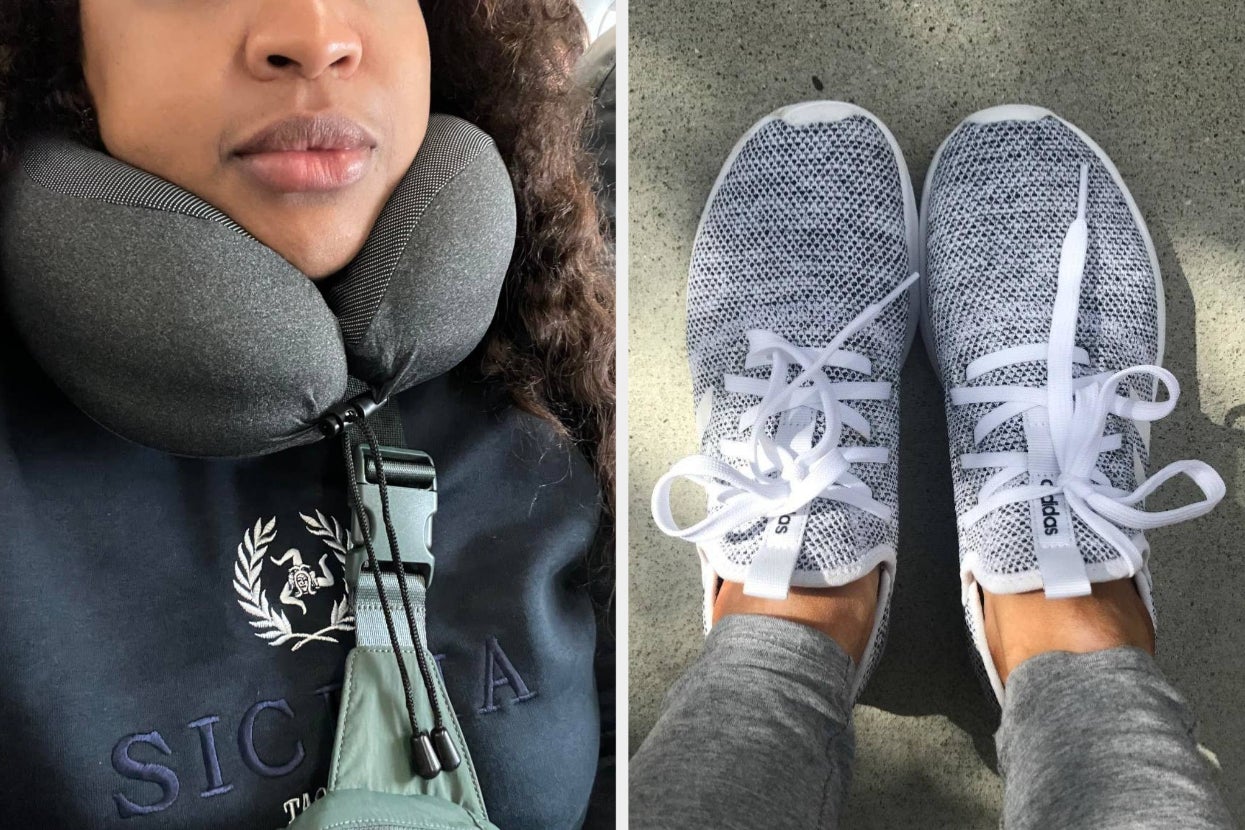No matter what type of skin you have, sunscreen is an . You probably know that sunscreen is a necessary step in preventing sunburn and the UV damage that contributes to your . But sunscreen also prevents cosmetic changes to the skin, including premature signs of aging like fine lines, sagging skin and .
Unfortunately, many people think of sunscreen as thick, streaky, hard-to-apply products that too often leave a . And if you don't enjoy using your sunscreen, it'll be that much harder to remember to put it on every morning. But not all sunscreens are like that.

And the SPF world has made major strides in formulation technology. Today, you have a ton of sunscreen options to choose from — here's how to pick the one that's right for your skin type and preferences. While there a lot of sunscreens to choose from, experts tell TODAY.
com that there are also some non-negotiables when it comes to picking an SPF product. Any sunscreen you buy should: From there, you can make personal decisions regarding which type of formulation works better for you. The primary difference between chemical (also called organic) sunscreens and physical sunscreens is how each protects your skin.
Chemical sunscreen ingredients — such as avobenzone, octocrylene and oxybenzone — absorb UV light rather than blocking it. The UV rays are then converted into a non-damaging form of heat. Imagine these as little baseball mitts that capture UV rays and convert them into heat vapor, board-certified dermatologist Dr.
, tells TODAY.com. Physical sunscreens, also called inorganic or mineral sunscreens, work a little differently.
In addition to absorbing some UV rays, physical sunscreens "create a barrier on top of the skin that shields the sun’s rays," Marmur says. "Imagine little mirrors on your skin deflecting light off your skin when thinking of ingredients,” explains Marmur, who is also the founder of Skin Cancer, Take a Hike!, an initiative to raise funds for skin cancer prevention. These differences in ingredients can also affect the formulation, meaning the way the product feels and acts on your skin.
Physical sunscreens, which are made with zinc oxide and titanium dioxide, tend to feel slightly thicker and may leave an opaque white cast on the skin. , often made with protective iron oxides, can counteract some of this effect. Chemical sunscreens, however, tend to be more sheer and light on the skin.
“Don’t let fears about chemicals outweigh the fear or risk of the UV rays, which remains the major risk factor for skin cancer," board-certified dermatologist Dr. tells TODAY.com.
There are also hybrid sunscreens, the explains, which are made with a combination of physical and chemical SPF ingredients. These sunscreens tend to fall somewhere in the middle of the pack, providing the gentle protection of mineral sunscreens in easier-to-blend formulas. However, they still may feel thicker than purely chemical sunscreens, even small amounts of chemical sunscreen ingredients can be irritating to sensitive skin and they can still have a cast.
The next element to consider when choosing a sunscreen is the SPF, which stands for sun protective factor. When it comes to SPF, "The higher your number, the more protection you have, the less of the chance of a sunburn," Dr. Marnie Nussbaum, a board-certified dermatologist, told The TODAY Show during a segment on June 20, 2023.
The AAD recommends wearing a broad-spectrum sunscreen with an SPF of 30 or higher every day. This protects against approximately 97% of the sun’s UV rays. You can also opt for a higher SPF, but no sunscreen blocks 100% of the sun's rays, the AAD explains.
It's more important to choose sunscreens with higher SPFs if you're spending more time in direct sunlight, Marmur notes. No matter what sunscreen you choose, you'll still need to reapply it with the same consistency: every two hours outdoors (or after getting wet) and every four hours indoors. Sunscreen comes in many forms, including cream, gel, spray, sticks, lotion, serum and powder.
In general, you should use whichever one you're most likely to keep up with. "The best sunscreen is the one you're going to use because consistency is key," Nussbaum said. But, as experts told TODAY.
com previously, . A spray can provide patchy coverage, for example, and still needs to be rubbed into the skin. And a sunscreen stick, while convenient, needs to be passed over the skin multiple times before there's enough product to provide the advertised SPF protection, the experts said.
Still, any sunscreen is better than none. And if you're hiking or at the beach, you may be far more likely to reapply your SPF in a more convenient format, like a spray, than you would with a cream. “I suggest having a plethora of all of the types of sun protection and select what is best for your life each day,” Marmur recommends.
“For instance, a spray at the beach, a lotion at the pool and a and your eyes, lips, nose. A powder for reapplication during the day over your makeup is also good to keep on hand.” Just keep in mind that each sunscreen type requires a unique application approach.
Follow the label instructions to make sure you’re getting the SPF protection that's advertised on the label. You can buy tons of makeup products that contain SPF, but you still need to use actual sunscreen along with these products. “Most makeup and often do not have enough protection,” Shamban warns.
Additionally, even if the makeup advertises SPF 30, people generally don't use enough of the product or don't use it over enough of their skin for it to function as sunscreen. So, if you're using SPF makeup, you should layer it over a separate sunscreen. Or, if you prefer to use just one light protective layer, “A is usually a better option," Shamban explains.
Certain lifestyle and other factors might also come into play when choosing the best sunscreen for you. Ultimately, the best sunscreen for you is one that meets the non-negotiable criteria — and that you actually enjoy using every single day. After all, when a product is simple to apply, it’s much easier to make into a habit.
.



















